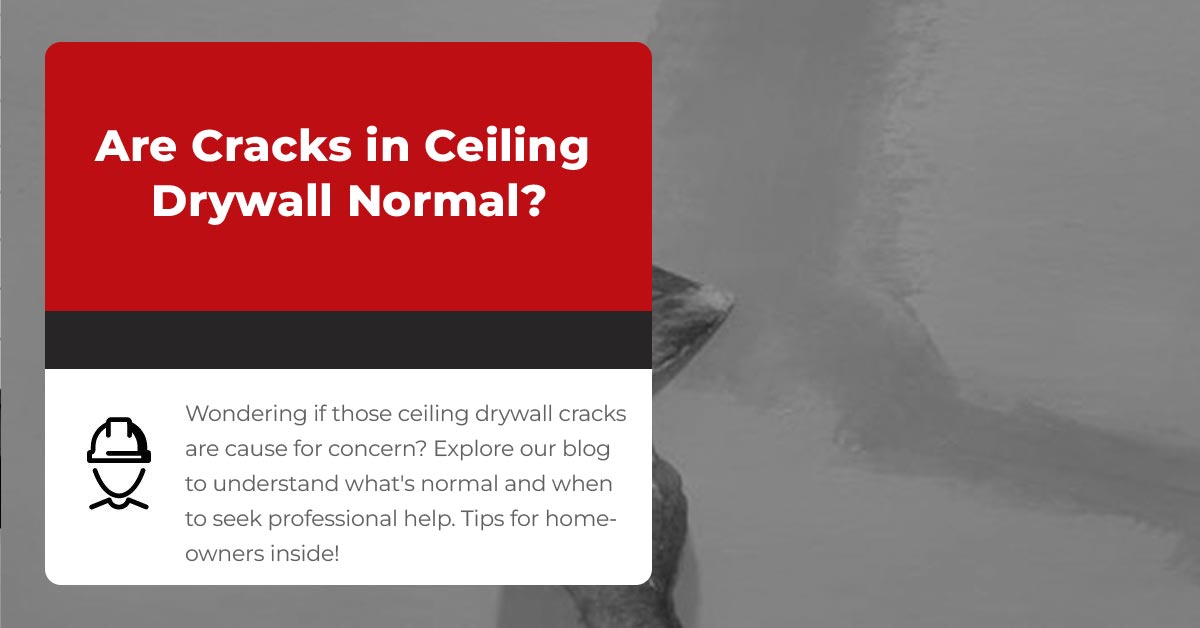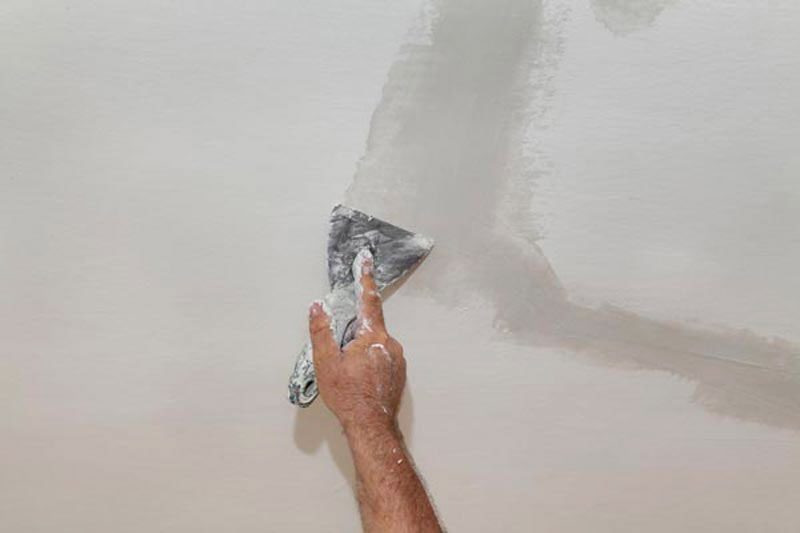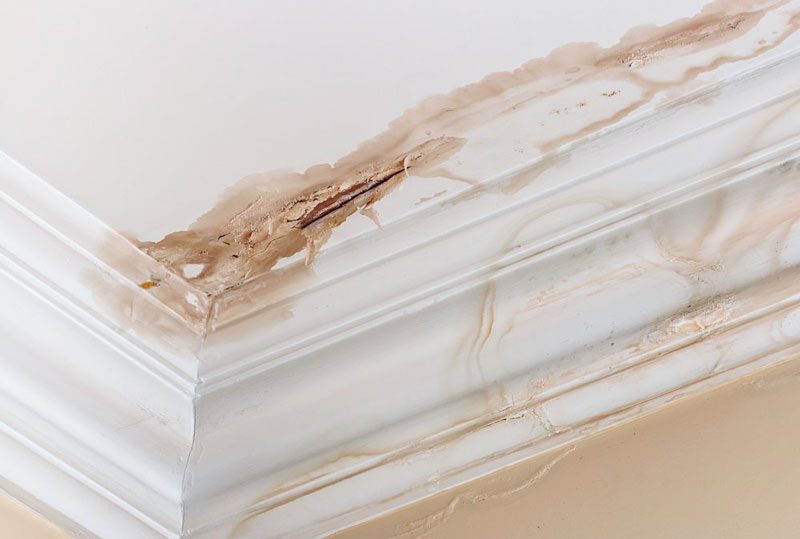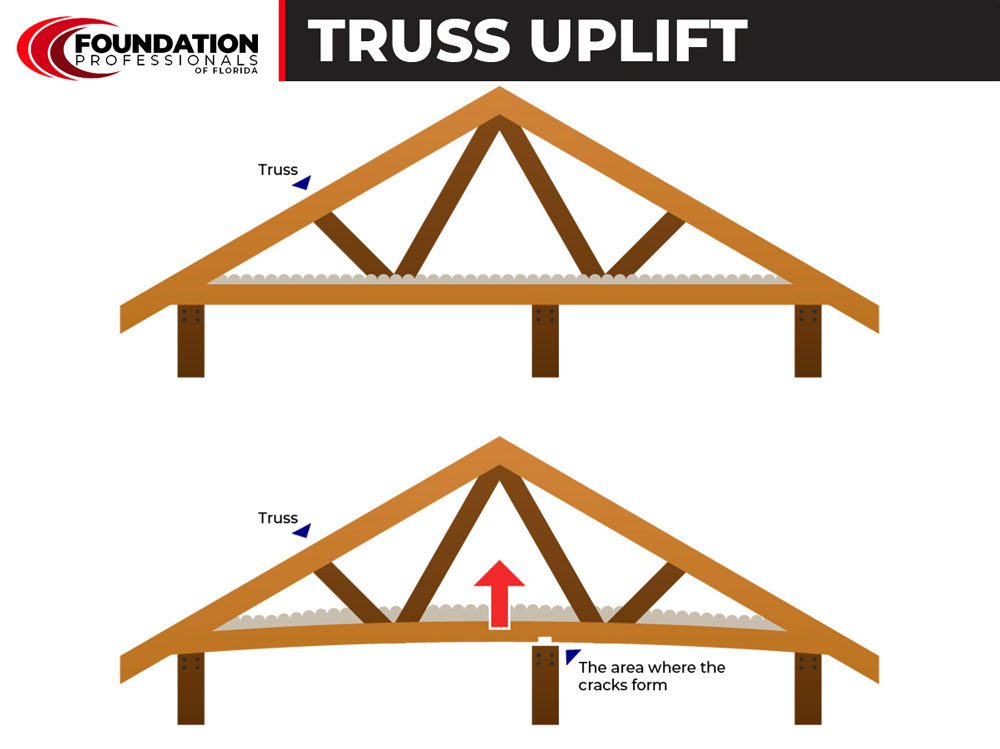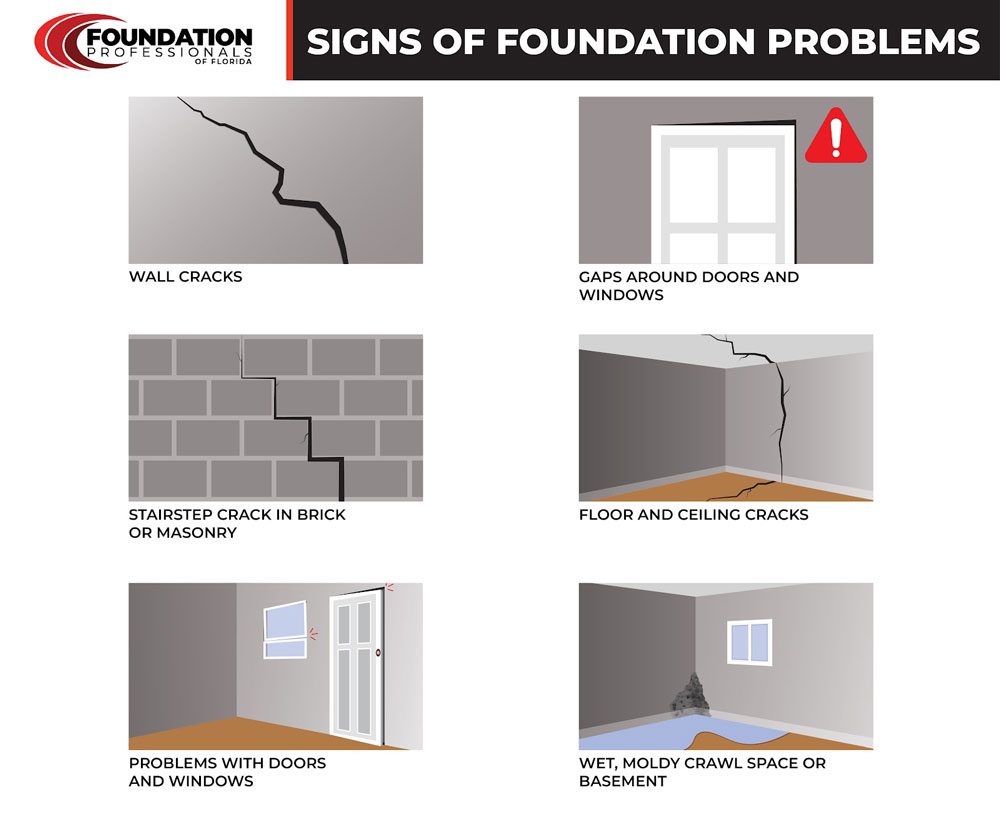If you have cracks in your ceiling drywall, you are likely wondering whether they are normal or something you need to repair immediately. The answer is that the need for repairs depends entirely on the cause of the crack. In this article, we’ll share a few of the most common causes of drywall cracks. We’ll also share the main repair methods for each one so that you are prepared next time your drywall starts cracking.
Are Cracks in Ceiling Drywall Normal?
Before progressing any further with this article, let’s address your main question. Any time that you detect cracks in your ceiling drywall, you can assume that they are not normal and are a sign of a deeper problem. Diagnosing that specific problem is much more challenging. The following sections will help you learn what causes drywall cracks and what you should do.
Causes of Cracked Drywall and Repair Options
Poor Installation Techniques
Poor installation is one of the most common reasons you’ll find cracks in your drywall. Whether your initial drywall contractor lacked experience or attempted to cut corners, you’ll likely find cracks in your drywall soon after installation. These cracks can appear near your ceiling or anywhere on the wall.
If your drywall was installed improperly, the best approach you can take is to find a new drywall technician you can trust. An experienced professional can determine what went wrong and provide you with new and better drywall.
Air Humidity Fluctuation
Another common cause of cracks in your drywall is a dramatic change in either temperature or relative humidity. Temperature or moisture changes can cause drywall to expand and retract. As this expansion and contraction occurs, the drywall itself can become deformed and form visible cracks.
One of the most reliable ways to manage moisture is by installing a dehumidification system. The right dehumidifier will allow you to monitor and control the humidity near your drywall and keep it at an appropriate level.
Structural Failure
Structural failure can also result in drywall cracking. This issue often presents itself following your home’s initial construction or remodeling. For example, if the joists in your ceiling are too few or improperly spaced, they can fail to hold the weight they are meant to support. When these structures fail, you can expect cracking drywall to be a symptom.
Additionally, if you recently changed the layout of your home, you may have accidentally removed one of the load-bearing walls. If this occurs, your ceiling above the wall will begin to sag, resulting in cracks in the ceiling and the walls below.
Whenever there is a structural issue in your ceiling, the only way to resolve it is to hire a professional contractor. While DIY work may be tempting, hiring a professional allows the job to unfold safely and successfully.
Water Damage
Cracks in your drywall can also arise due to water damage. When water contacts drywall, it can cause it to change its shape and color. When the water damage is extreme enough, its weight will overcome the drywall, causing it to crack and potentially leak.
If there is excessive water damage in your drywall, there is a good chance that one of the pipes in your home is faulty or leaking. Contact a professional plumbing company to evaluate the cause of your water damage and suggest a solution.
Pest Infestation
Pest infestations are another common cause of cracks in your drywall. However, the damage you see will depend heavily on your home’s pest infestation and its prevalence. For example, pests like termites love to feed on lumber structures. This feeding can lead to structural damage that eventually results in a crack in your drywall ceiling.
The only way to prevent pests is to know the signs they are present. If these signs are present, you should contact a pest control company in your area to remedy the issue.
Truss Uplift
Truss uplift is another structural issue that can lead to cracks in drywall. This phenomenon usually occurs at the top of your home and relates to the temperature changes that are present there. To understand how this process works, you must understand what a truss is. A truss is a structural beam that runs along the top of your home, between your top floor and your attic. Generally, the temperature between your top floor and attic is very different. This difference can cause a truss to bend. As a truss bends, it distorts the ceiling below. If that ceiling consists of drywall, cracks are likely to occur.
Truss uplift is another example of a problem that can only be resolved if you have a contractor you can call. A trustworthy contractor will determine if you have truss uplift and find the best remedy.
Foundation Problems
Our final cause of drywall cracks is one of the most concerning. Foundation problems, such as differential settlement, can result in many issues throughout your house, including cracks in your drywall.
Differential settlement occurs when the soil below your home shifts or sinks. Since your foundation depends on this soil for support, it will move with it. A small amount of uniform settlement is normal, especially in the year following construction. However, differential settlement is far more worrisome. Differential settlement occurs when uneven shifts occur. One of the signs of differential settlement is cracking drywall on different levels of your home.
There are many solutions to foundation problems. However, if you are facing differential settlement, one of the best repairs involves using piers. Your foundation team will insert piers deep into the earth until they reach firm strata. They will then connect the piers to your foundation. This connection allows the team to level your home and hold it in place. This added stability should prevent drywall from cracking due to future foundation settlement.
Have Your Home Inspected
If you have cracked drywall in your home, the best approach you can take is to have it inspected by a professional. If you live in Florida, Foundation Professionals of Florida is the best team you can choose. We have extensive experience repairing foundations and providing other essential construction services. Reach out today to learn more about what we can offer you.

